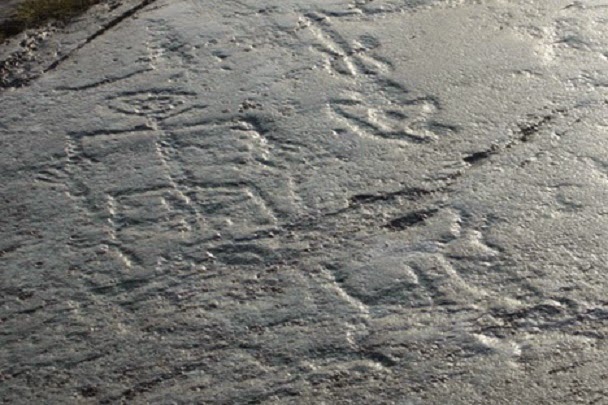Merry Wanderer of the Night:
TIME
Theseus Ring goes on display for the first time
Two Spanish words

Vamos!

The Bulldogs (based on an underground comic-book)

Happy blog birthday to me, happy blog birthday to me!

Olympic clouds
Libya: Years of conflict threaten archaeology in Libya

Life on the Moon
Heritage: Tutankhamun’s burial mask "irreversibly damaged"

Fashion Time

Near East: Head of Greek god Hermes seized in Turkey

India: 900 year old Golconda Fort opens doors to renovation plan

Central Asia: Disputes damage hopes of rebuilding Afghanistan’s Bamiyan Buddhas

UK: British Museum considers more ‘Elgin Marbles’ loans
New interpretation of wall clocks
Fast loans it's real!

Heritage: Petroglyphs in north Russia covered with glass dome

The Architecture of the National Traditions
India: Pollution turning the Taj Mahal yellow

Rain chains instead of drains






